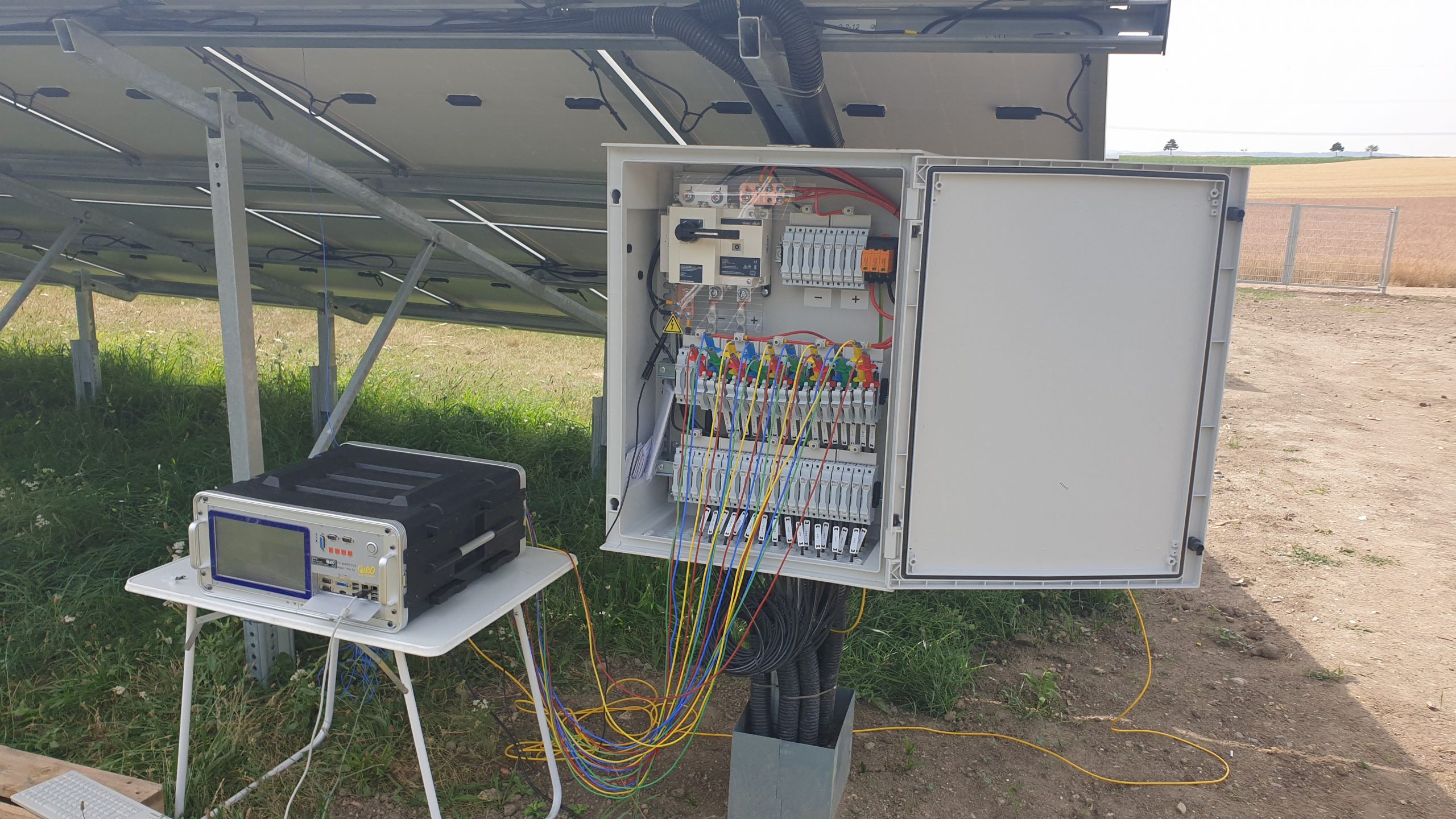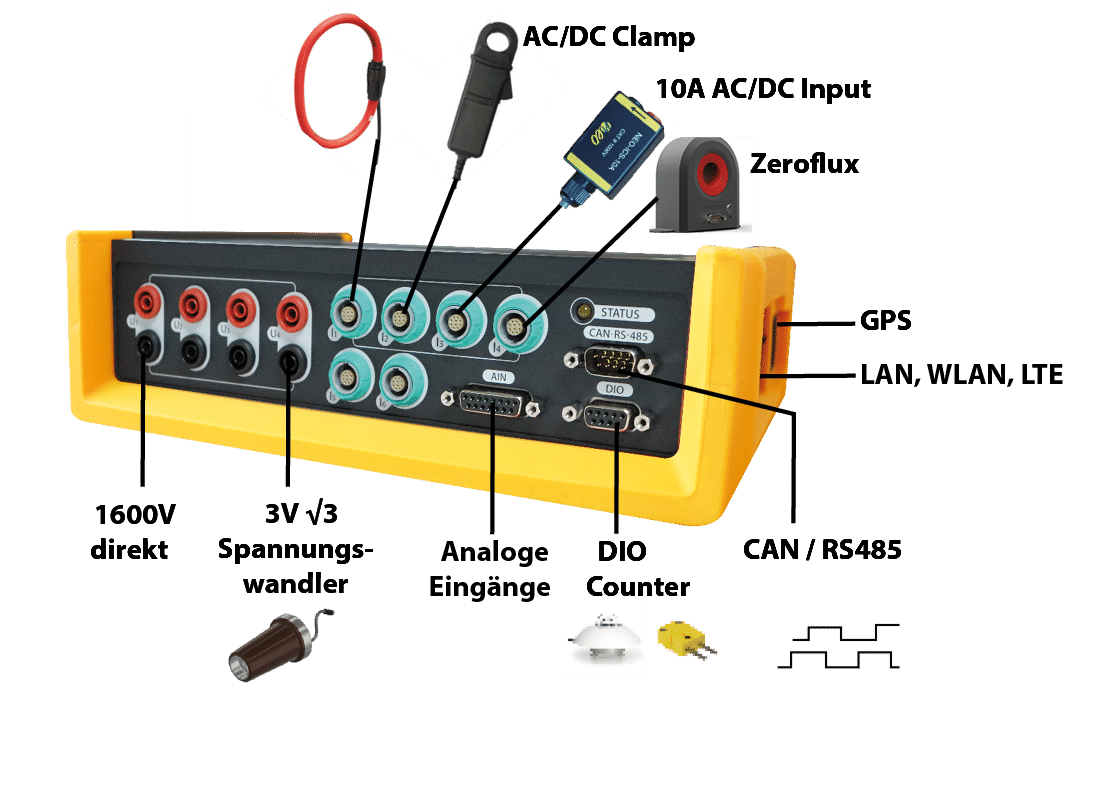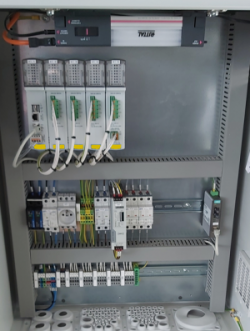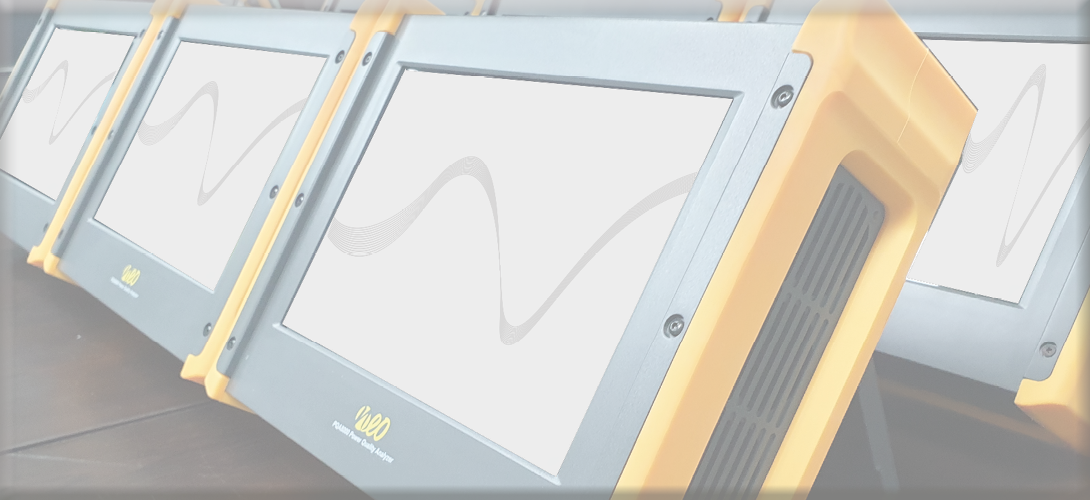We offer wide-ranging measurement services. Our services include:
- Support installation of measurement instruments
- Renting of measurement instruments (see Rental options)
- Measurement including data analysis and report
Measurements
We are happy to support you for any measurement application.
Find application examples at the application overview menu.























